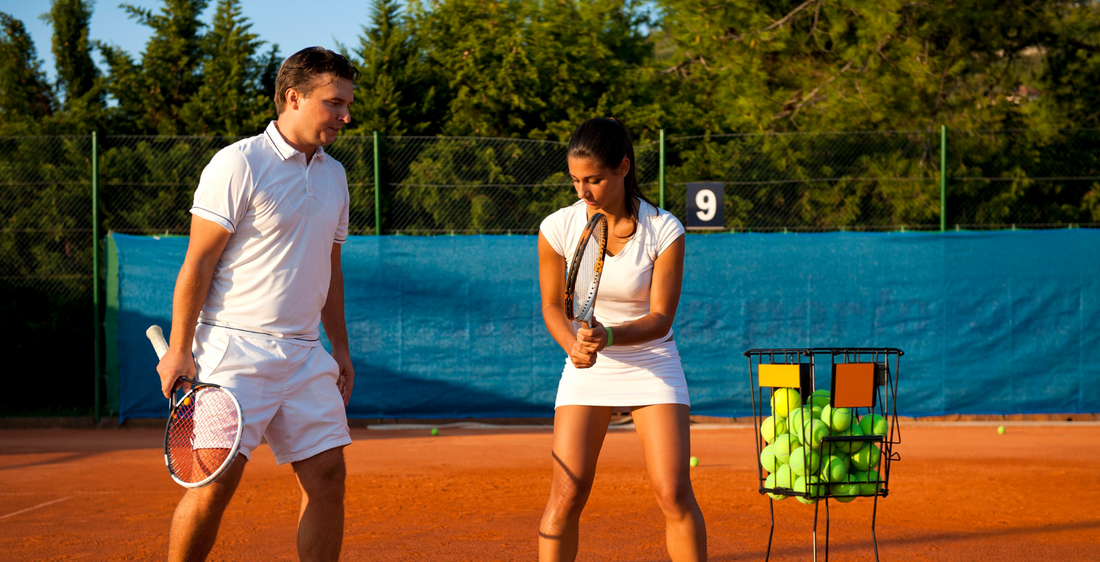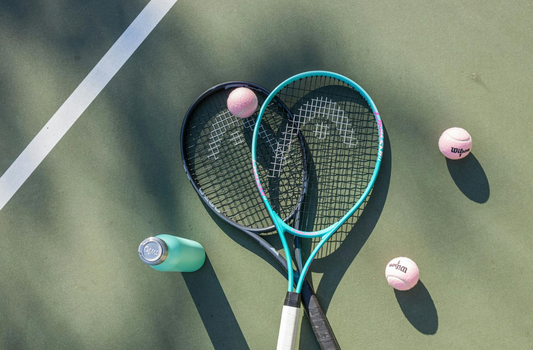Tennis Coaching Rules
Tennis is known to be a solitary sport where it’s just player against player or team against team on the court. Unlike many team sports where coaches design plays, call for substitutions, and motivate players to overcome hurdles, tennis players must navigate matches on their own. However, if a player does have a coach, there are a few instances when coaching is allowed, so we’re going to go over those scenarios. Also, coaching rules have recently changed on the pro tours, so we’ll explore those changes as well.
Coaching Defined
According to the International Tennis Federation (ITF), coaching is “communication, advice or instruction of any kind and by any means to a player.” In most cases, coaching is not allowed in any tournaments that follow ITF rules. The United States Tennis Association (USTA) also follows the protocols set forth by the ITF, thus making coaching prohibited in USTA tournaments. Given the definition, besides not being able to receive verbal instructions from a coach, coaches must also refrain from using hand signals or communication through electronic devices.
Instead of coaching a player through a match, a tennis coach’s role is to properly train the player during practices and offer an analysis of the opponent prior to the match. The coach also notes the player’s performance during the match and offers feedback for improvement after the match.

Source: SeventyFour - canva.com
When Coaching Is Allowed
Despite the general understanding that coaching is not allowed in tennis, there are a few exceptions to the rule. For the everyday player, coaching is allowed when playing recreationally and can help a player improve quickly while learning the ins and outs of tennis. School tournaments will likely have their own rules regarding coaching, but most will allow coaching during changeovers and set breaks. When players start to play in USTA tournaments, that’s when the aforementioned rule against coaching is enforced.
The USTA specifies that a player may bring written notes to the court that were prepared before the start of a match and read them during the match. However, as previously mentioned, players cannot receive electronic communications from a coach.
Players may receive coaching if play is suspended. The USTA further clarifies that players may receive coaching during a 3-minute or 10-minute rest period, but coaching is not allowed during the following situations:
- A toilet/change of attire break
- A 2-minute set break
- A medical or bleeding timeout
- When players remain on court for a short stoppage of play such as during slight rain or repair of the net or net strap
- When the player leaves the court seeking the assistance of the referee
- When equipment or clothing is being adjusted
There is also an exception for team events since the ITF states that “in team events where there is a team captain sitting on-court, the team captain may coach the player(s) during a set break and when the players change ends at the end of a game, but not when the players change ends after the first game of each set and not during a tie-break game.”
If coaching occurs when it’s not supposed to, players may face warnings, point deductions, or even disqualification.

Source: south_agency - canva.com
Coaching at the Professional Level
In recent years, professional tennis has begun to allow players to receive coaching, albeit still to a limited degree. The Women’s Tennis Association (WTA) began allowing players to request on-court coaching once per set in 2020. On the men’s side, the Association of Tennis Professionals (ATP) began allowing off-court coaching during the summer of 2022. The ATP’s rules regarding off-court coaching indicate that:
- Coaches must sit in the tournament’s designated coach seats
- Coaching (verbal and non-verbal) is allowed only if it does not interrupt play or create any hindrance to the opponent
- Verbal coaching is permitted only when the player is at the same end of the court
- Non-verbal coaching (hand signals) is permitted at any time
- Verbal coaching may consist of a few words and/or short phrases (no conversations are permitted)
- Coaches may not speak to their player when the player leaves the court for any reason
- Penalties and fines will still apply for abuse or misuse of the above coaching conditions
Conclusion
Tennis will always be an individual sport that pits player against player. Even with the introduction of a limited amount of coaching at the professional level, those few words of advice still require players to execute the strategies on their own.
In essence, if you have a coach, take advantage of their wealth of knowledge during practices and warm-ups, and incorporate their feedback after matches, but enjoy the challenge of the sport knowing that you’re going to grind it out on your own.




